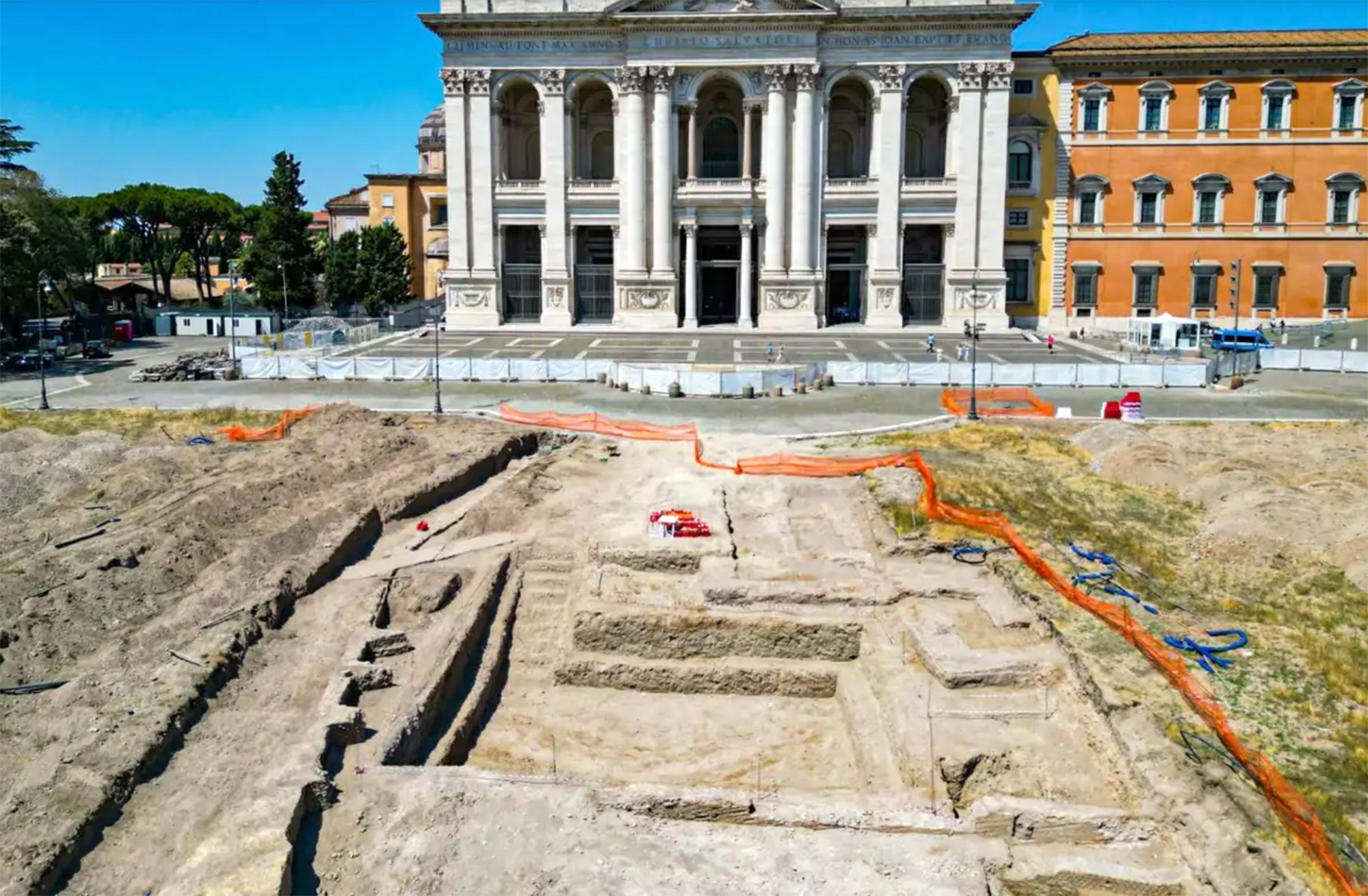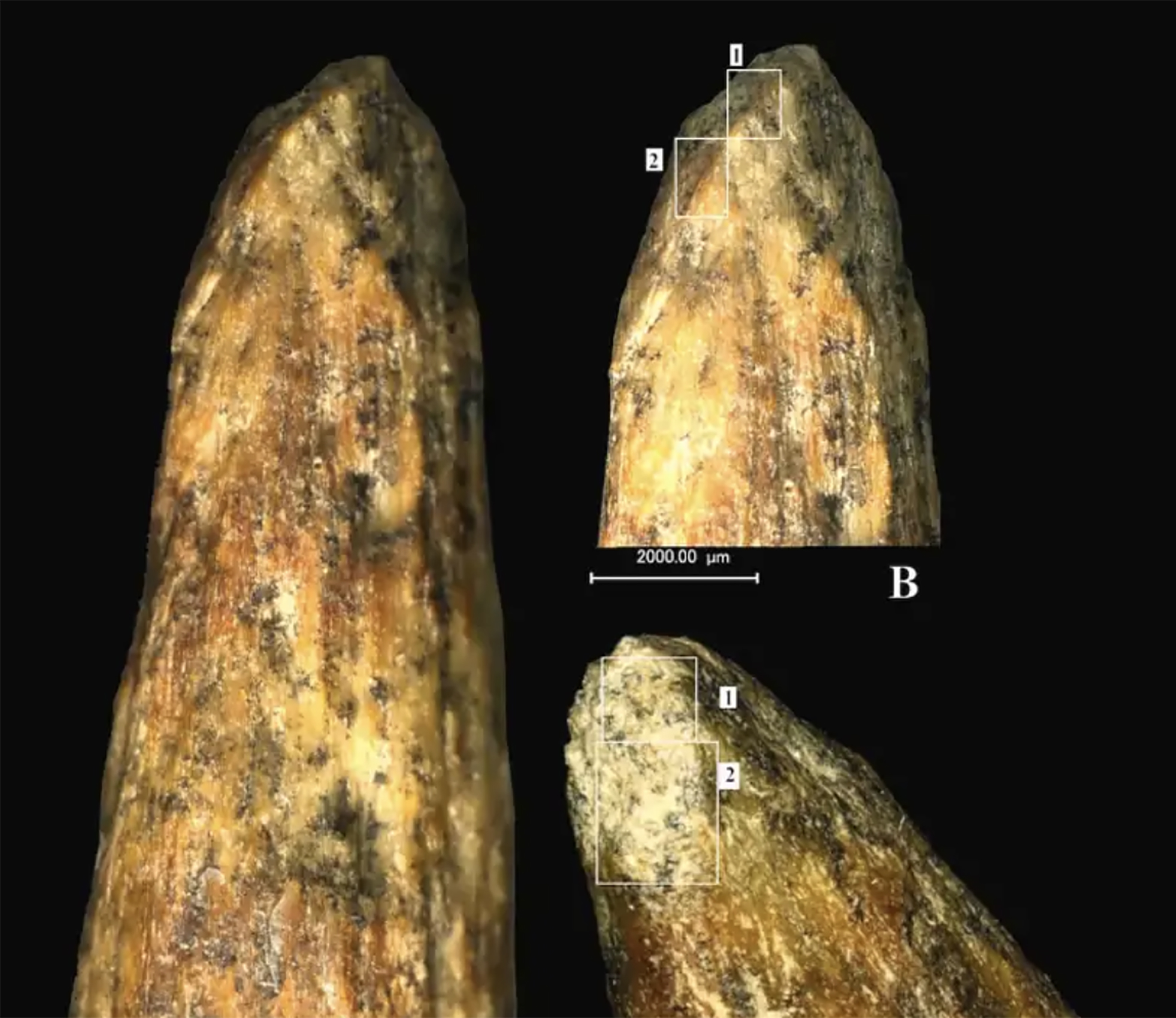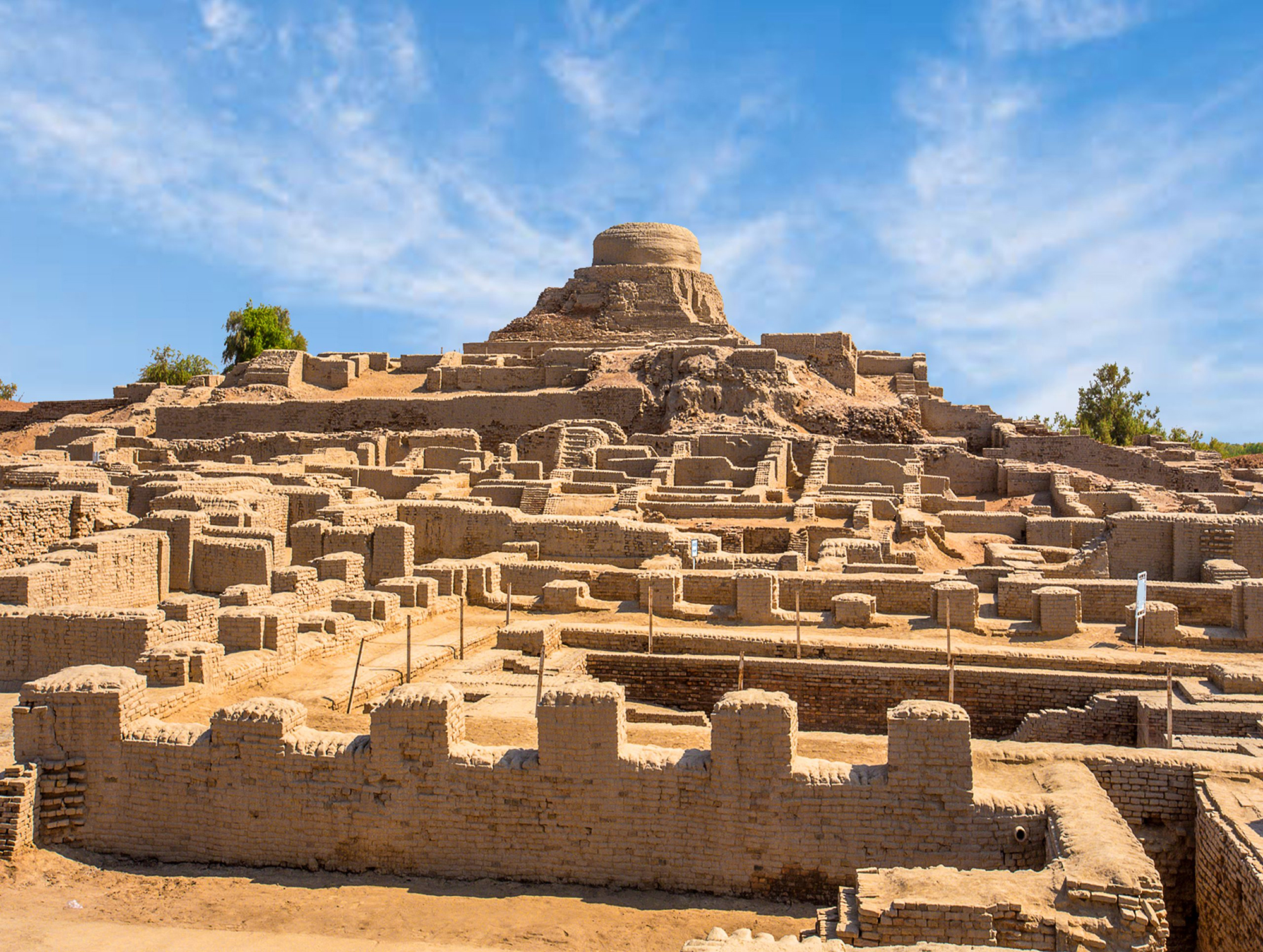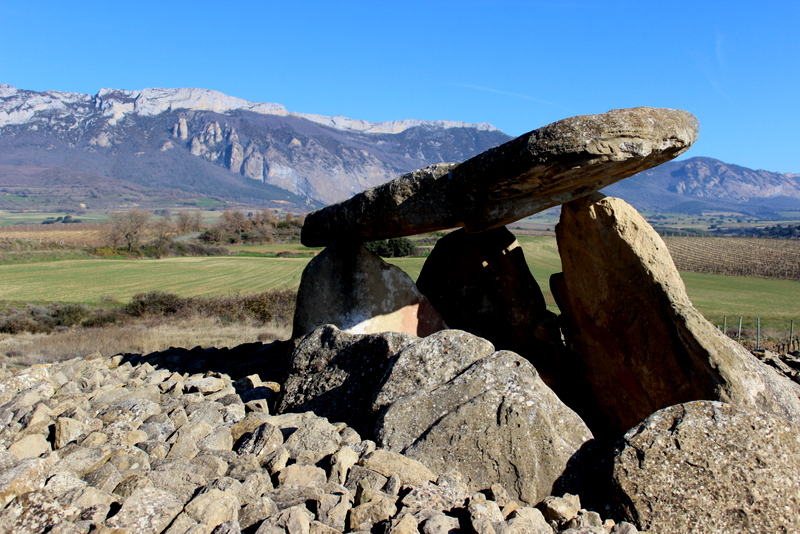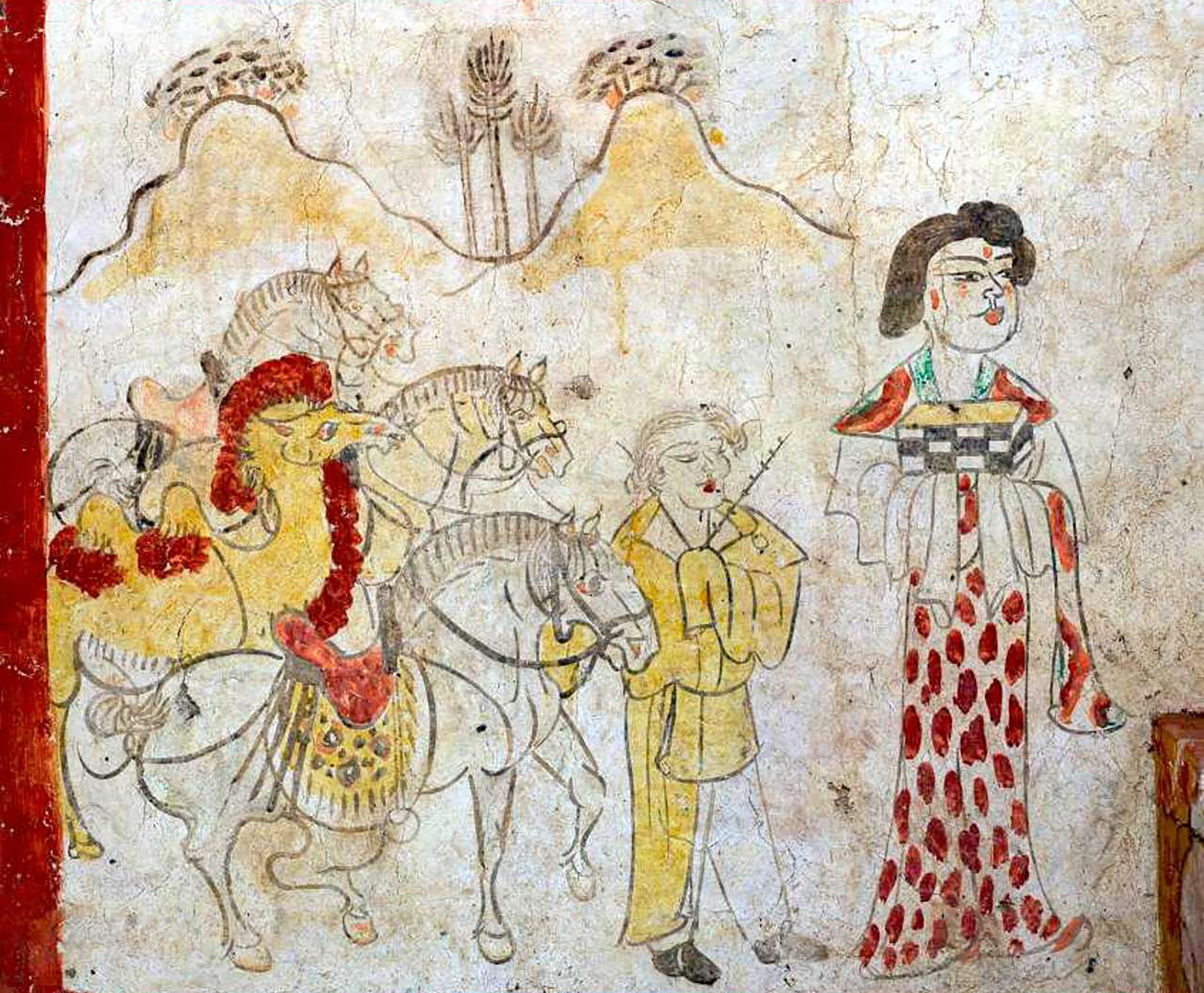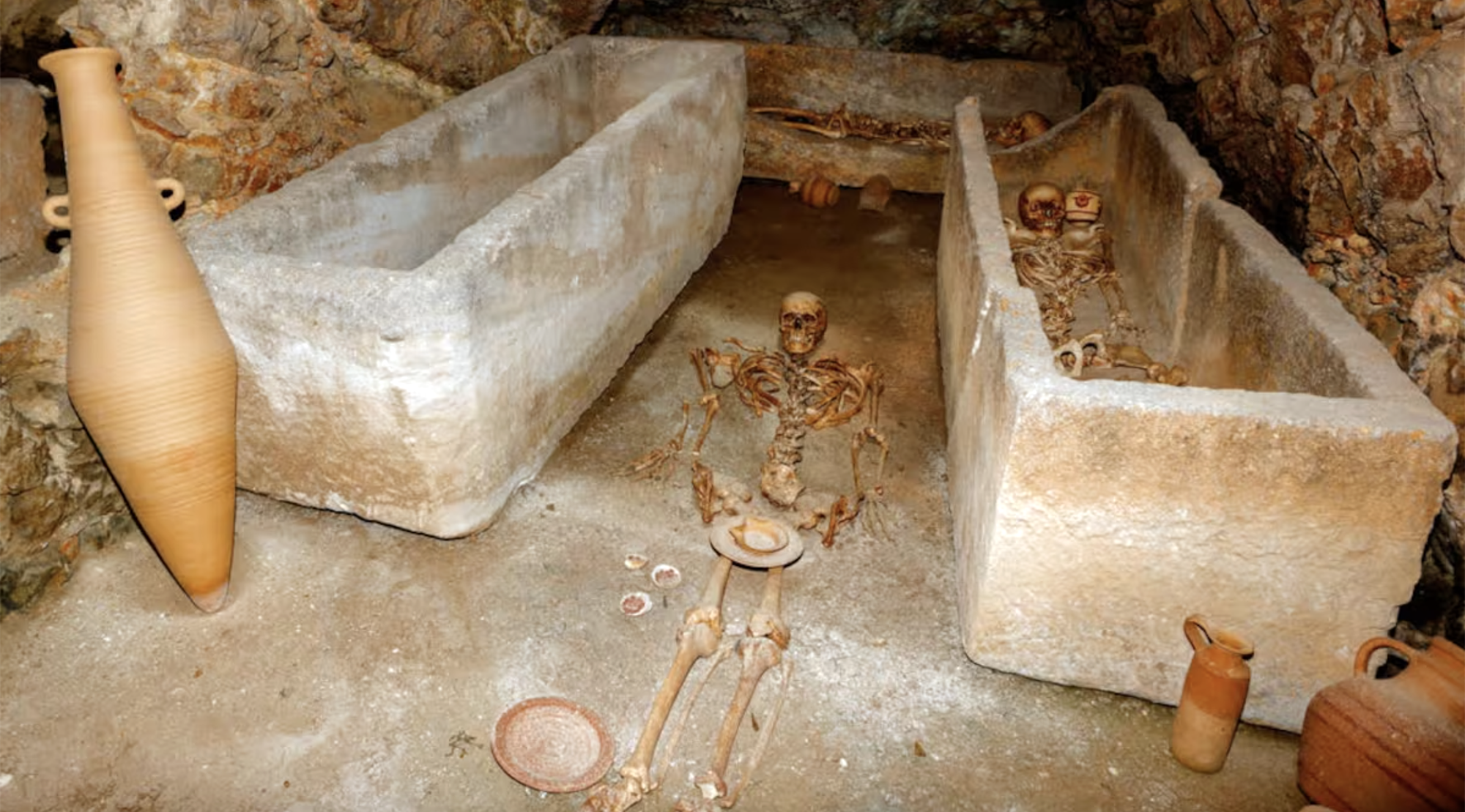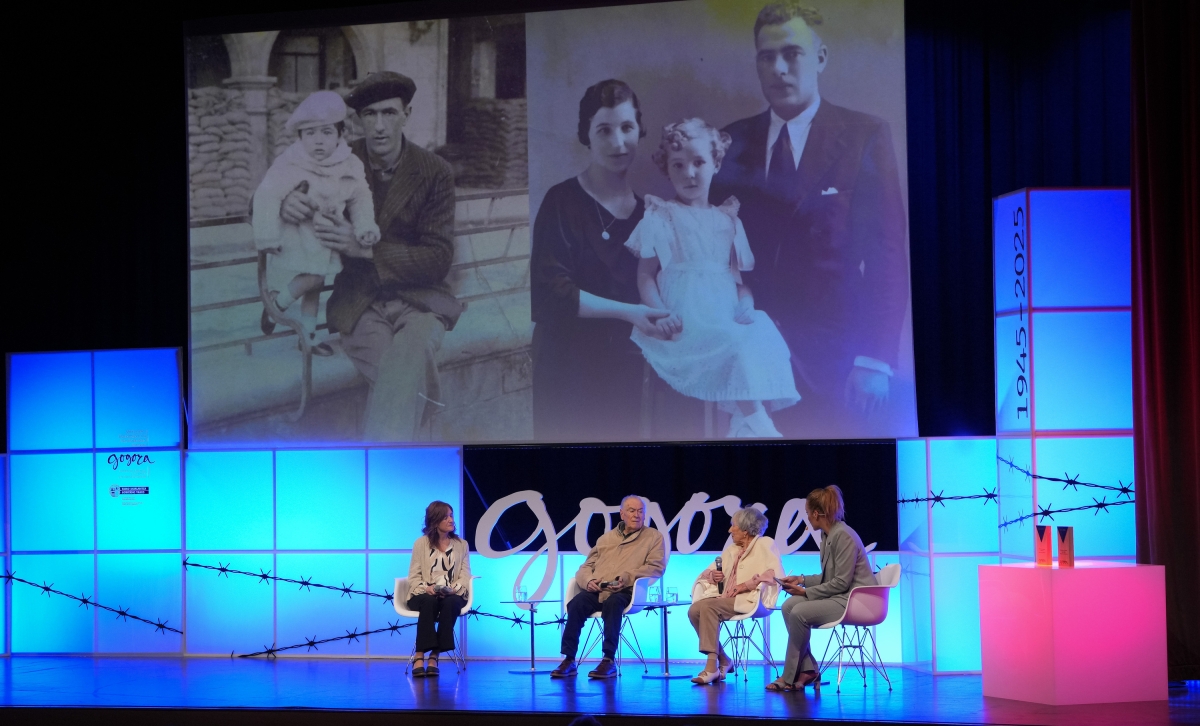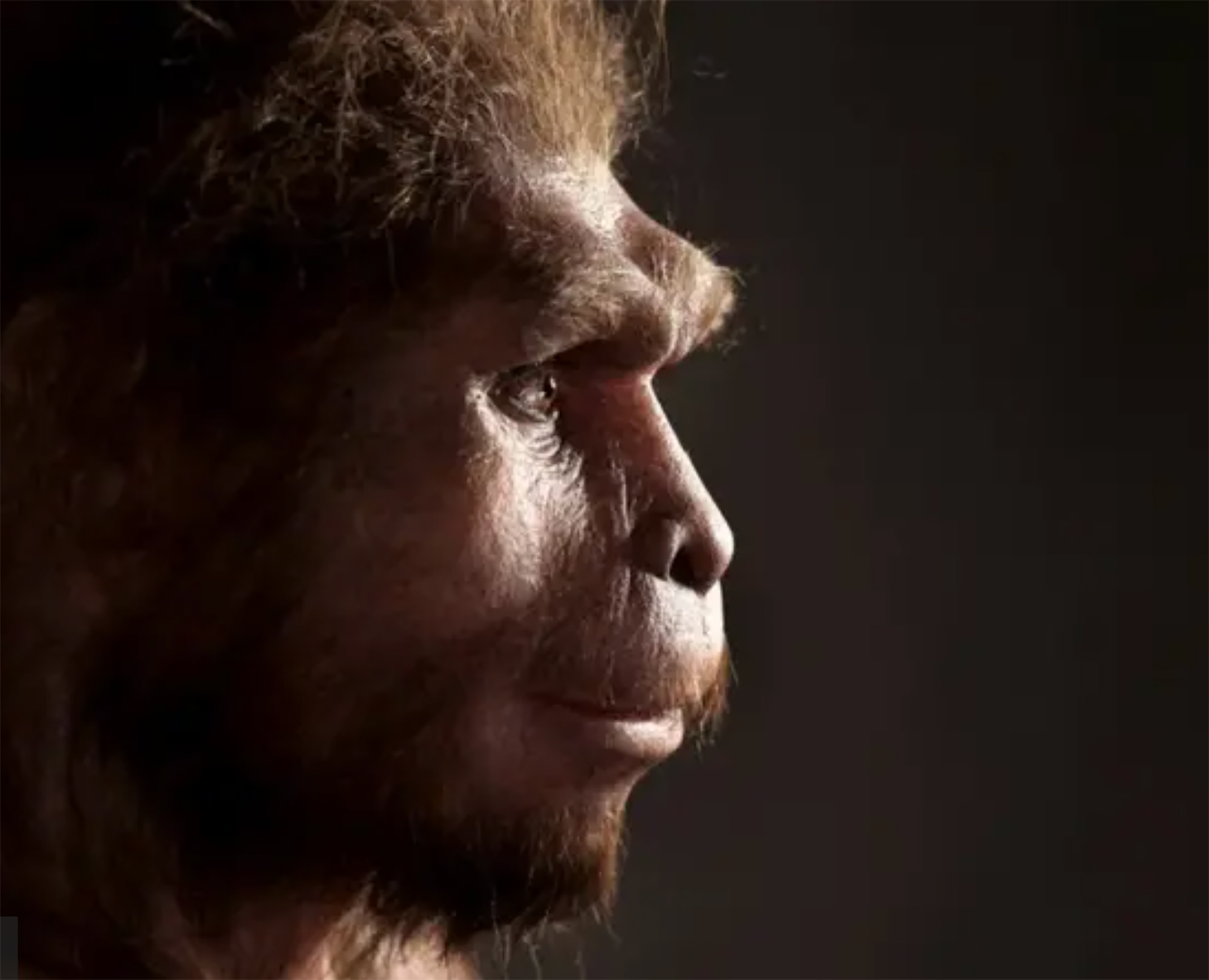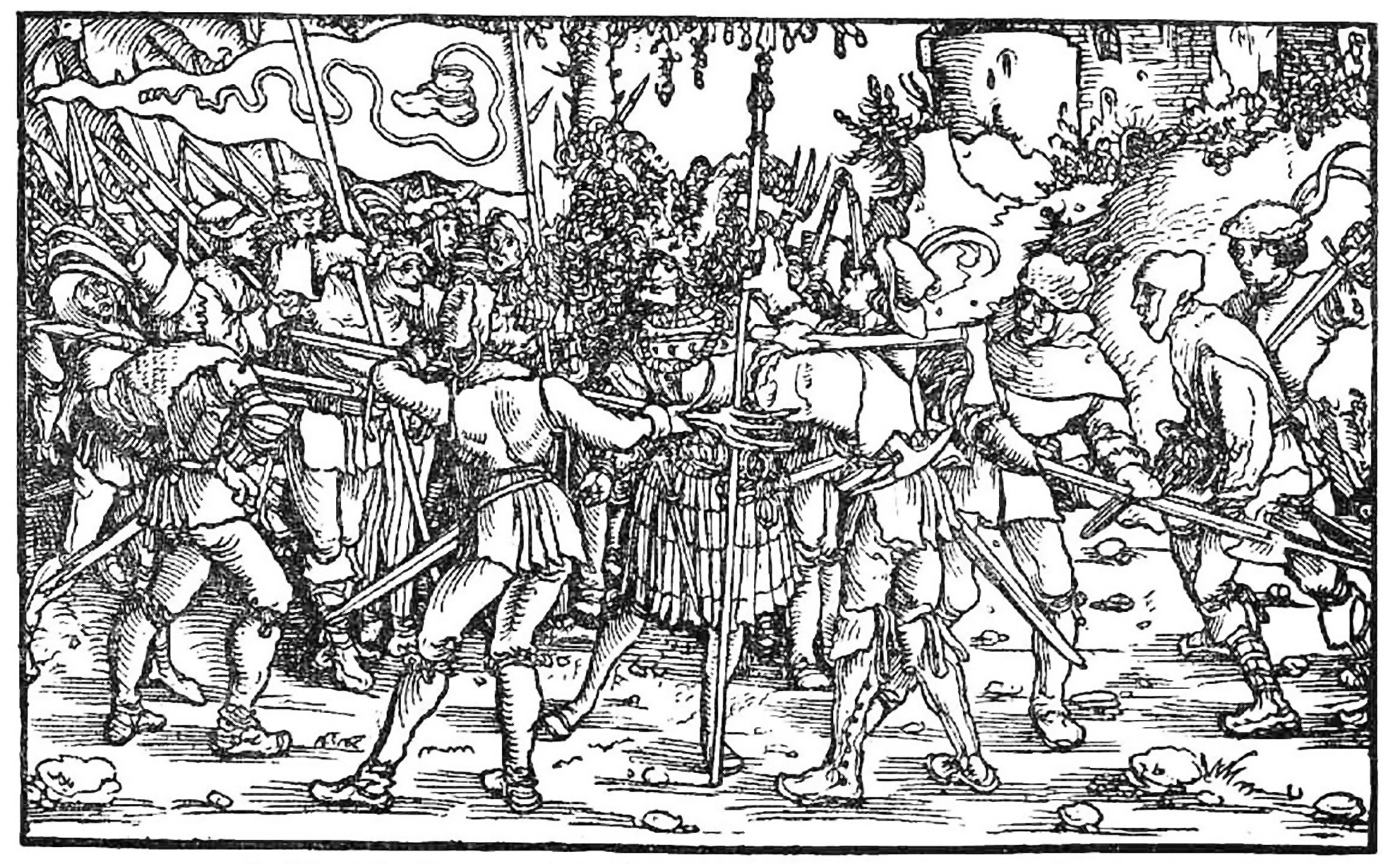In 1936 the family received the remains of the syndicalist José Creagh shot by the francoists
- Creagh was killed after being imprisoned in Ezcaba prison in Navarra, along with 20 other prisoners.
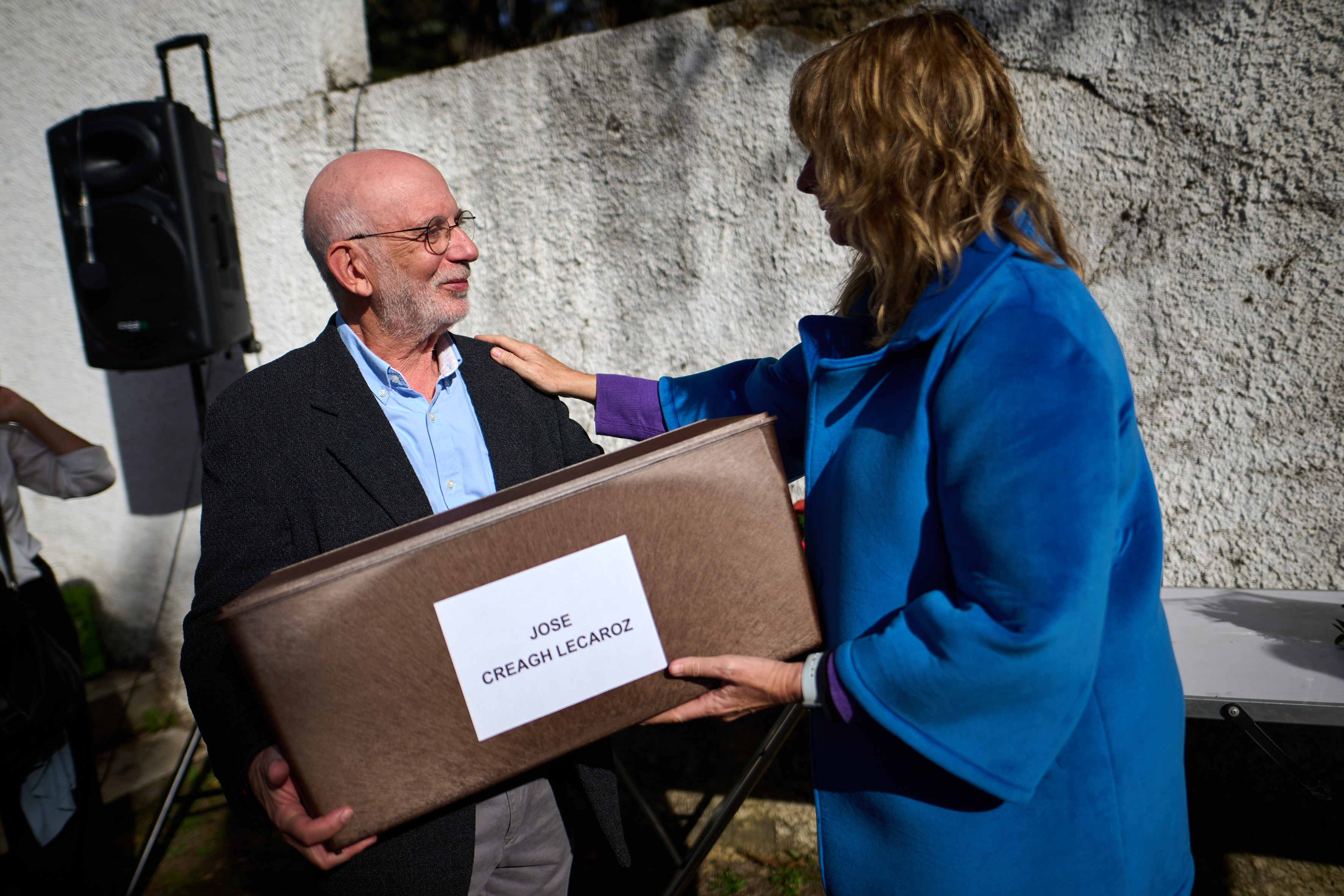
The remains of trade unionist José Creagh Lécaroz have been donated to his relatives. Creagh was born in Seville in 1914 and, after being convicted in 1934, was imprisoned and shot in Ezcaba prison in Navarra in 1936. After his exhumation and identification in March 2022, his remains have been handed over to the family in an event held on Monday at the Berriozar municipal cemetery.
The Government of Navarra has pointed out that Creagh and twenty other prisoners were killed for an attempted escape in October 1936. His remains were subsequently transferred to the Berriozar cemetery.
Carlos Creagh, nephew of José Creagh Lecaroz, appreciates the donation of remains and acknowledges the work done to preserve the memory of those killed in 1936.
The remains of Creagh have been handed over to the family in an act chaired by the vice-president of the Government of Navarra and counselor of Memory and Coexistence, External Action and Euskera, Ana Ollo. Members of Parliament, local authorities and representatives of memory associations have been present among others.
Ollo recognizes the collaboration of those who have allowed the remnants to be handed over to families. It also stresses that it will continue to work in a plural and democratic society.
The exhumation and delivery of corpses is part of the plan of the Navarro Institute of Memory. Since 2015, 155 bodies of victims of Francoist repression have been exhumed.
Pond of Venice, year 452. Prompted by the Huns' invasion, several inhabitants of the interior of the Italian peninsula took temporary refuge in the swampy area. But the Lombard invasions came in a few years, and it would become a permanent home for those immigrants. It was a... [+]
During a routine excavation in the Piazza San Giovanni in Laterano in Rome, archaeologists carried out the IX-XIII. They unexpectedly found the remains of a palace dating back to the centuries. And they think it could be the residence of the popes of the time. In other words,... [+]
More and more studies indicate that Neanderthals had more advanced cognitive abilities than previously thought. The latter, published in the Journal of Archeological Science, refers to the spearhead of bone found in the Mezmaiskaya cave in Russia in 2003.
Using microscopy,... [+]
The Indus Valley, about 5,000 years ago. The city of Mohenjo-Daro had about 35,000 inhabitants and, according to recent PNAS publication, had a very low Gini coefficient of 0.22 – a coefficient that measures the economic inequality of societies through the degree of... [+]
I've been enjoying a book lately. In a very short time I have read it twice; the first with pure delight and the second with a pencil in my hand. Hoces de piedra, martillos de bronce, by the Spanish archaeologist Rodrigo Villalobos, aims to explore prehistoric society to answer... [+]
In the Chinese province of Shanxi, in a tomb of the Tang dynasty, paintings depicting scenes from the daily lives of the dead are found. In one of these scenes a blonde man appears. Looking at the color of the hair and the facial expression, archaeologists who have studied the... [+]
Carthage, from B.C. Around the 814. The Phoenicians founded a colony and the dominant civilization in the eastern Mediterranean spread to the west. Two and a half centuries later, with the decline of the Phoenician metropolis of Tyre, Carthage became independent and its... [+]
Salvador Puig Antich frankismoaren kontrako militantea izan zen. Askapen Mugimendu Iberikoko kidea, 1973ko irailaren 25ean atxilotu zuten. Gerra-kontseilua egin zioten, eta garrotez exekutatu zuten handik sei hilabetera, 1974ko martxoaren 2an. Aurtengo otsailean baliogabetu du... [+]
Rudolf Botha hizkuntzalari hegoafrikarrak hipotesi bat bota berri du Homo erectus-i buruz: espezieak ahozko komunikazio moduren bat garatu zuen duela milioi bat urte baino gehiago. Homo sapiens-a da, dakigunez, hitz egiteko gai den espezie bakarra eta, beraz, hortik... [+]
Böblingen, Holy Roman Empire, 12 May 1525. Georg Truchsess von Waldburg overthrew the Württemberg insurgent peasants. Three days later, on 15 May, Philip of Hesse and the Duke of Saxony joined forces to crush the Thuringian rebels in Frankenhausen, killing some 5,000 peasants... [+]









